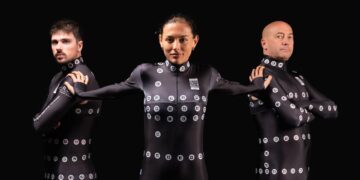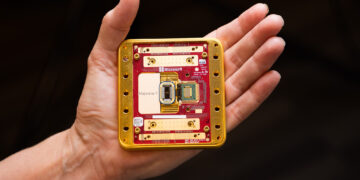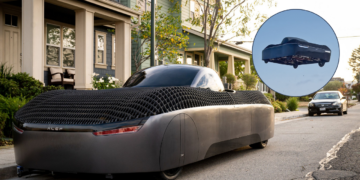Operating the new facial recognition software of the State Police
It’s called Sari and is the new ally of the state police in the repression of crimes. Acronym of automatic system of recognitionof the images, the Sari was unveiled on 7 September last with a press conference, practically at the same time with the first success of this computer prodigy, the identification and the arrest of Two thieves in the Brescian. This fact has left the assumption that the system has been in use for a long time.
With only two algorithms and an almost immense database from which to draw, Sari is able to cross a frame taken from any surveillance camera with the faces of millions of subjects filed, succeeding in a short time to go back To the identity of the gangster on duty. Conflicting data regarding the number of faces filed.
Nine million, of which two million Italians and seven million foreigners,
Or even ten, or sixteen million people. The press conference of presentation did not serve to unravel the Hank. The test report indicates that the technicians who have tested the system, have also verified the alignment between Afis (Automated Fingerprint Identification System) and the software for the Facial recognition, providing a database consisting of about 16 million of records and 10 million of images regarding faces. But how do you end up in the Sari database?
There are many sources: it starts with EURODAC, the European dactyloscopic system, a sort of fingerprint database of those who require political asylum and those who have entered the territory of the European Union irregularly, still , passports or even photos taken by law enforcement during demonstrations. Sari, like most similar technologies, are based on the so-called Machine Learning, i.e. the ability of a machine to be able to identify statistical occurrences from a set of data. Basic the idea would not be wrong if it were not that in more
Occasions this system has shown difficulties in recognizing people with various skin colors.
Similar incidents also involved self-driving cars, which had difficulty identifying dark-skinned pedestrians.
The cause is to be researched in the images used during the training phase.
If the machine is “trained” predominantly with faces of white males, the algorithm will inevitably commit errors when it is called to recognize faces of people with different skin colors. Of course, we have to emphasize that we do not rely solely on the response given by the machine, but every single activity is supported by
Staff of the State police, in order to avoid errors and therefore exchanges in person. Once again the human factor is decisive.

































